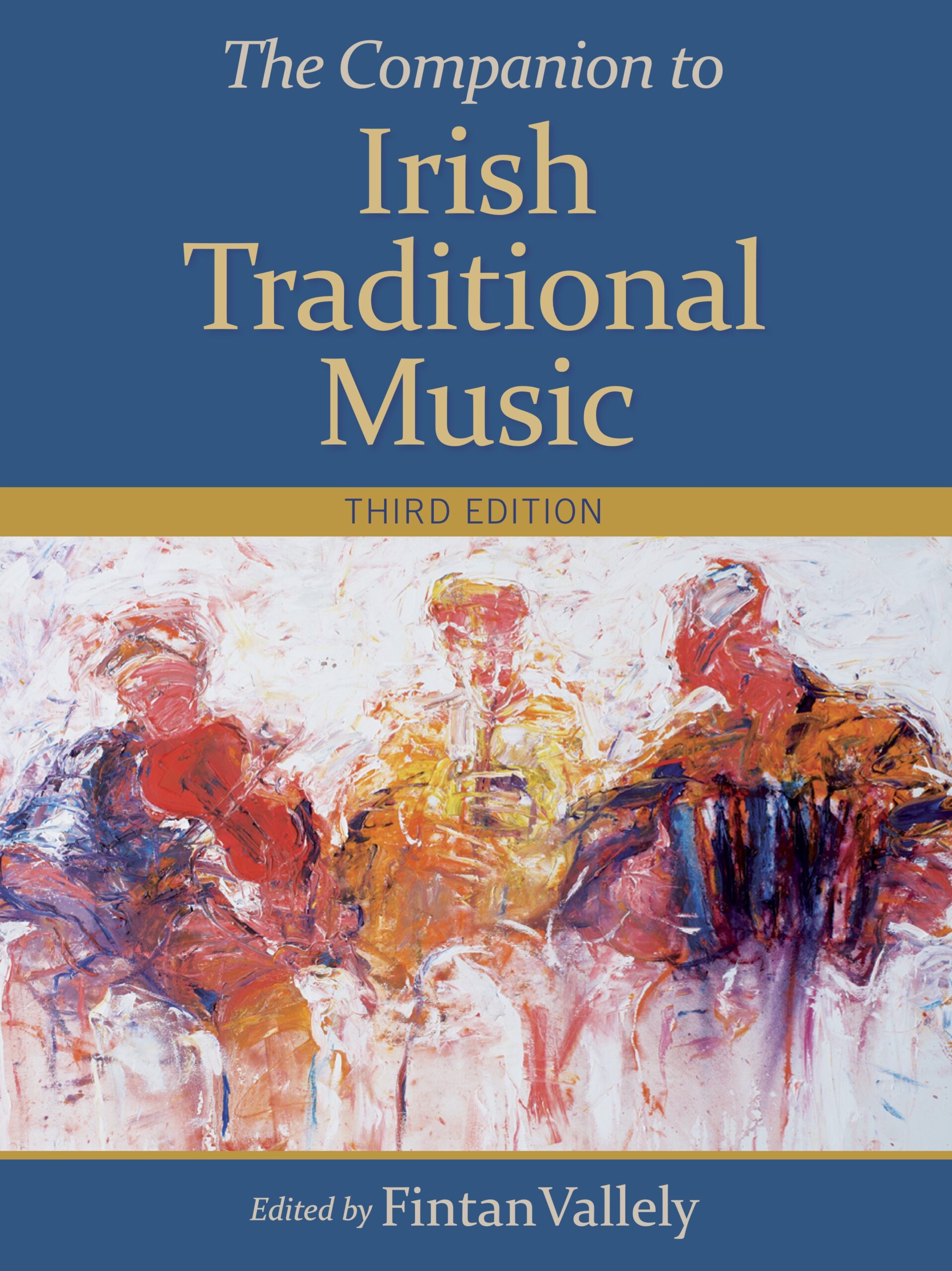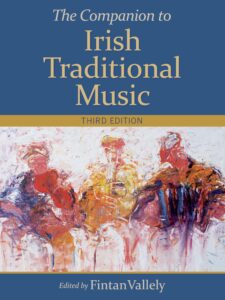Companion to Irish Traditional Music 3rd edition

 [Mar 16, 2024] Unique in Irish music, this encyclopedia was first published in 1999, with a major updated edition in both book and digital form in 2011. The twenty-five years since the book’s inception have been a period of great technological changes for the music scene, particularly in communications, and the twelve years since the much-developed second edition have also been marked by transformations, particularly by the on-line teaching-and-learning and performance which the 2020-22 covid crisis created. And, not least, the continuing outside-Ireland interest in the music, in both performance and learning, has created a new cultural Diaspora which presents fresh challenges.
[Mar 16, 2024] Unique in Irish music, this encyclopedia was first published in 1999, with a major updated edition in both book and digital form in 2011. The twenty-five years since the book’s inception have been a period of great technological changes for the music scene, particularly in communications, and the twelve years since the much-developed second edition have also been marked by transformations, particularly by the on-line teaching-and-learning and performance which the 2020-22 covid crisis created. And, not least, the continuing outside-Ireland interest in the music, in both performance and learning, has created a new cultural Diaspora which presents fresh challenges.
The profusion of published local and major studies related to the music, the explosion of web-based information, and the normalisation of Irish-traditional music within popular musics which are consumed world-wide has also created high-profile players: the trail blazed by The Chieftains has been widened, heightened and advanced beyond what could not have been imagined by those whose commitment forged the ‘revival’ and Comhaltas Ceoltóirí Éireann through the 1960s, let alone those who formed the lodestone Cork and Dublin pipers’ clubs 1898 and 1900, or the ground-breaking Seán Ó Riada himself. Not least, there have been the deaths of many, many formative stylists whose artistic talent has shaped and energised the music we know and play today.
Thus the third edition is not only a thorough update, but includes new topics which involve and are of interest to all who play and listen to the music. Among those is not only consideration of the issues mentioned above, but also a look at the economics of teaching and learning. Each county on the island, and Irish communities in cities abroad, will be covered with regard to instrumental song, dance and music style and promotion. Ever since the first edition, gender has been dealt with as an important issue in opportunity, visibility and commendation, a subject which was expanded in 2011. With its coming dramatically to the fore in the twenties, it now demands deeper consideration, and key commentators will contribute both historical findings and sociological thinking.
Another dimension of transformations will be given in analysis of the profound roll-of-honour that are the Comhaltas Ceoltóirí Éireann competitions over the 72 years following the the organisation’s founding in 1951. This not only lists the major senior instrumental, céilí band and singing winners 1952-2023, but also summarises national, regional, gender and instrument trends—tendencies in the selection of the top players.
Related to this is looking at the blossoming of non-competitive awards which challenge the public, open adjudicator-panel system. The books listings is expanded, now including local publications and summaries of major work relevant to the needs of a collective information pool—seasonal schools, organisations, media and instruments. So too new directions and regrouping in the music are recorded – such as the formation of Cruit Éireann in 2016 for the harp – including the consolidation of third-level education structures in music and dance led by IWAMD in Limerick, the public-broadcaster’s assignment of Traditional music to the Irish-language domains of Radio na Gaeltachta and TG4, and the expansion of Arts Council, Culture Ireland and other funding for creativity and touring.
This edition also meshes with the performance that grew out of the 2011 volume – the Compánach audio-visual concert. The bulk of the music from this, as well as the full range of tune-types, and county-by-county music that is described in the Companion, has been recorded as an album which is given with the book as a digital download; the music is also available as a 2-CD set, and is on the DVD Turas, Virtual Ireland in Music. In the DVD the Compánach music is copiously illustrated with 700 images that the book cannot carry, and which in the digital formats can be paused and replayed for contemplation and discussion, making it a versatile education and discussion forum.
Link to the Companion website.

